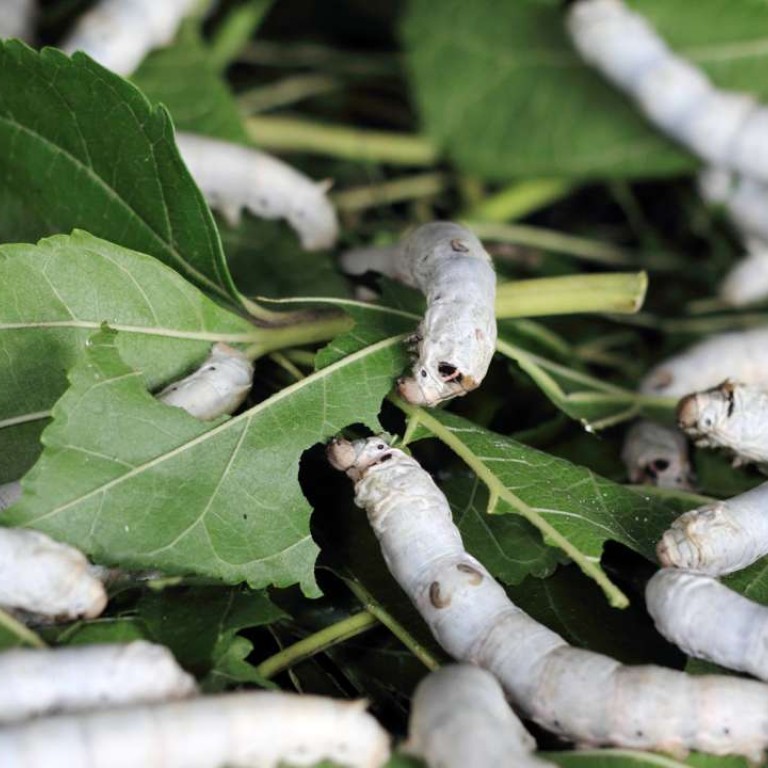
Chinese scientists repurpose silkworms as virus shredders
Researchers anticipate technology could benefit humans also
Chinese scientists have found a way to turn silkworms into virus killers, a technology they say will not only increase worldwide silk production but can also fight human viruses such as HIV.
The researchers transformed a popular gene-editing tool into a weapon that the silkworm can use to shred deadly viral strains into fragments, according to a paper in the latest issue of the Journal of Virology.
A bacteria named CRISPR/CAS is an immune system that attacks attack foreign genes in a host body. CAS9, a simplified version of the system, has been widely used by life scientists as a “molecular scalpel” to modify animal and human genes.
The research team in Shanghai tweaked the CAS9 system so it could recognise and attack Bombyx mori nucleopolyhedrovirus, a virus responsible for more than 80 per cent of unnatural deaths of domestic silkworms. They injected the system into worm eggs and produced a new transgenic species capable of generating CAS9 in its cells.
The altered silkworms chewed mulberry leaves and made silk cocoons just like their predecessors, but when the Bombyx virus invaded the host body, the CAS9 system tore them apart.
“The trait can pass from one generation to another,” said Professor Tan Anjiang, lead scientist of the study with the Shanghai Institutes for Biological Sciences, run by the Chinese Academy of Sciences. “Using these ‘super’ worms in sericulture can give silk production a boost.”
Experiments using similar technology to kill viruses such as HIV had been conducted before on human cells and mice, with mixed results.
While some studies found positive signs of viral suppression, others detected “relapses” as the CAS9 system failed to track down some mutated strains.
Tan and his colleagues said they had improved the technology to achieve a “clean kill”. The CAS9 system they developed targeted four different locations on the viral strain, so even if the virus underwent mutation, the system would not miss its target.
While previous experiments cut the virus just once, the researchers used multiple cuts to achieve the erasure of genetic information on entire segments.
“It works like a paper shredder,” Tan said. “Viruses going through the cutting will have little chance to survive.”
The scientists said they hoped to use the technology on other animals and, eventually, people.
The experiment “revealed … a promising antiviral strategy, which should shed light on future antiviral research,” the authors wrote in the paper.
However, Tan said, it could be years before the altered worms could be used in silk production.
The technology was ready for mass production, he said, but regulations and public acceptance were major hurdles.
“The biggest challenge is strict government regulation and public fear of transgenic species, especially animals. Though silkworms aren’t food, they can escape in nature and mingle with wild species to produce something we don’t know,” he said.
“We must understand the consequences before moving from laboratory to farms.”

